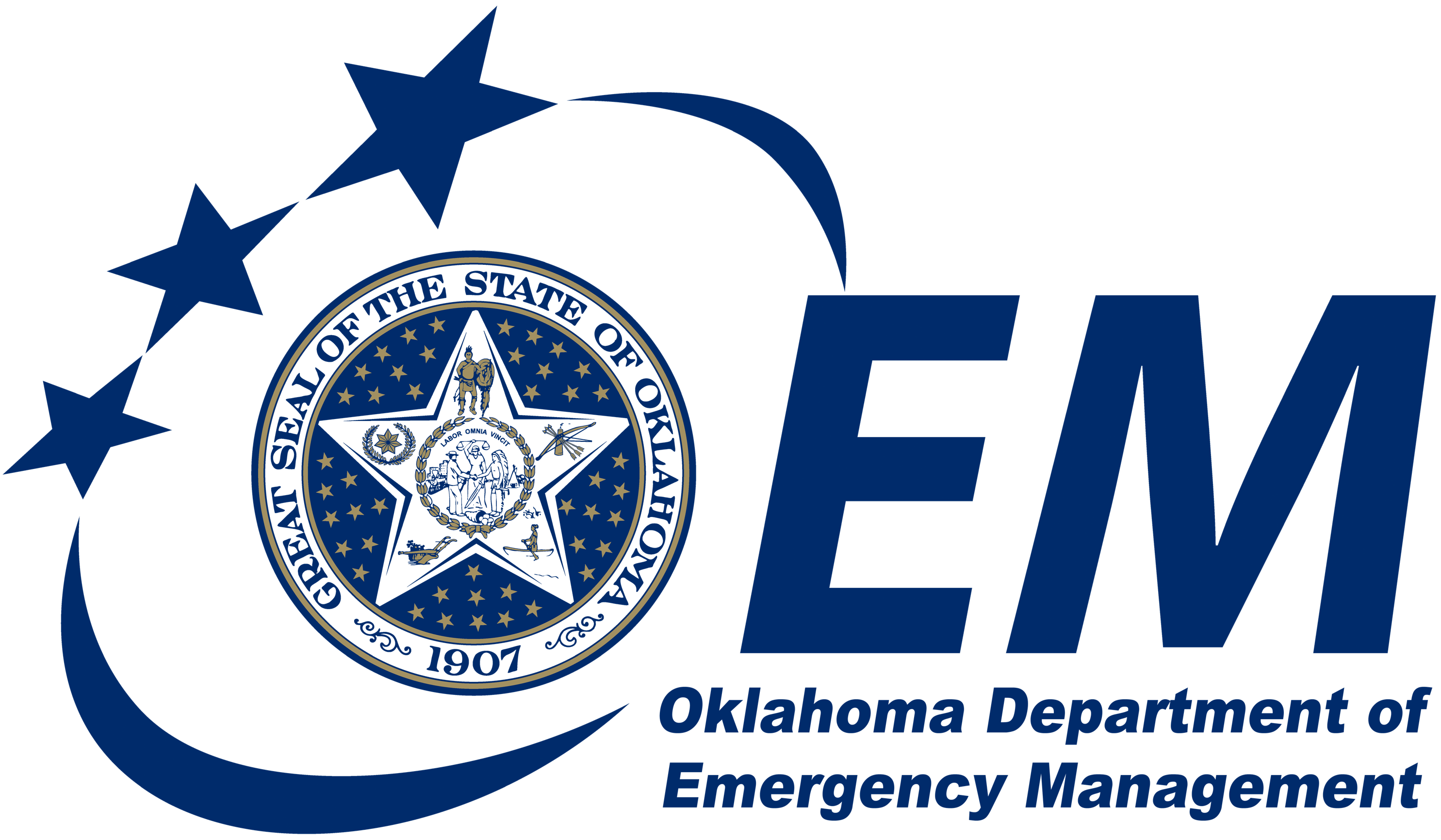Alerts and Warnings
We understand wanting to tune out the world, but when things go really wrong, you need multiple ways to receive emergency alerts and warnings.
Most Oklahomans rely on the Integrated Public Alert and Warning System (IPAWS), through which federal, state, local and tribal officials send alerts like the Wireless Emergency Alerts (WEAs) you may have received before on your cell phone (think Severe Weather Warnings or Amber Alerts). Most cell phones automatically receive WEAs, but if yours doesn’t, you can troubleshoot using the tips below:
Check the settings on your mobile device and review your user manual (you may be able to find this online, too).
Older phones may not be WEA capable, and some cell phone models require you to enable WEAs.
Some mobile service providers call these messages “Government Alerts,” or “Emergency Alert Messages.”
Check with your wireless provider to see if they can resolve the issue.
All major phone providers and some smaller providers participate in WEA.
If your cell phone is off, on airplane mode or dead, you won’t receive WEAs. You need a way to receive messages from the Emergency Alert System (EAS), a national public warning system. The EAS is sent through broadcast TV and radio, satellite digital audio services, direct broadcast satellite providers, cable television systems and wireless cable systems.
Because your electricity is likely to go out in an emergency, it’s imperative to also have a battery-powered or hand-crank radio to receive alerts from the NOAA Weather Radio (NWR). NWR broadcasts official National Oceanic and Atmospheric Administration warnings, watches, forecasts and other hazard information 24/7.
You may also consider seeking out and signing up for opt-in local alerts and warnings available through your municipality or school system.
Many local news agencies also offer subscriptions to emergency alert notifications.
The FEMA Mobile App can also afford you many resources, including real-time weather and emergency alerts for up to five locations nationwide.


